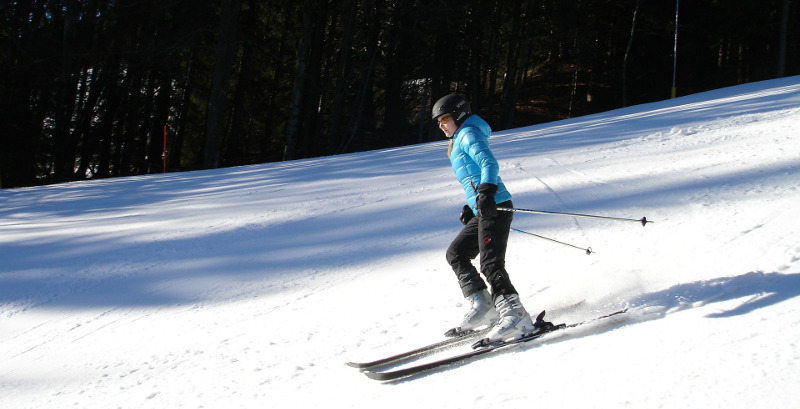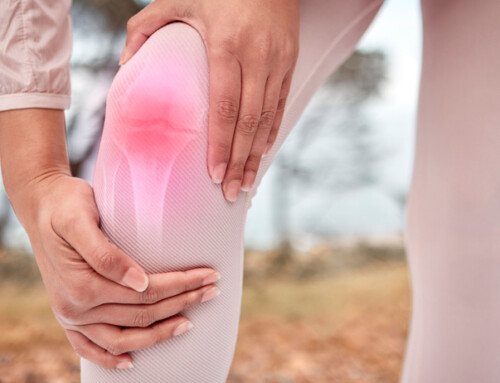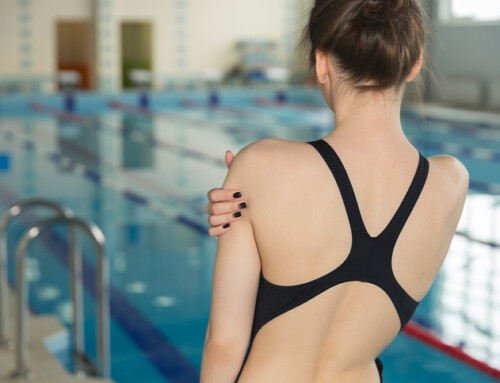 How to Prevent Knee Injuries on the Slopes
How to Prevent Knee Injuries on the Slopes
For people who are passionate about downhill skiing, there is nothing like it in the world! But no matter what age, ability level, or overall physical condition, skiers also run the risk of injury. The knee joints are particularly vulnerable while skiing because of their positioning within the ski equipment. Lower-limb injuries are the most common types of ski injuries. Releasable binding technology has greatly decreased the rate of fractures while skiing, but knee sprains are still frequent ski-related injuries. Fortunately, there are several ways skiers can reduce their risk of sprain and other knee-related injuries.
3 Tips to Avoid a Skiing Injury This Season
1. Stay Within Your Comfort Zone
If you’re a novice skier, skip the thrill-seeking and stick to the bunny slopes. Skiers are much more likely to incur injury on slopes that present an overwhelming challenge. The most common injury in beginning to intermediate skiers is a medial collateral ligament tear, which can be extremely painful but doesn’t usually require surgery. Most often, novice skiers tear their MCL when they point their ski tips in the snowplow position and fall down the hill. By sticking to comfortable slopes and consciously balancing weight in the snowplow position, skiers can effectively reduce risk of an MCL injury.
2. Use Proper Form
The other most common skiing injury is an anterior cruciate ligament tear. Since this ligament plays such an integral role in the functional stability of the knee, a tear often requires surgery. In skiing, a person of any talent level can tear their ACL by:
- Landing a jump incorrectly. For example, when a skier lands with their weight back, the force of landing may tear the ACL. The best way to mitigate the chance of injury is practice. Start with small jumps, striving to keep your weight forward. Over time, you can advance to more difficult jumps, landing them while reducing your risk of serious injury.
- Trying to prevent an unavoidable fall. It’s a natural reaction to straighten or stand when trying to prevent a fall, but this often leads to an ACL tear. Instead, train yourself to accept a fall. You might end up with some soreness or bruises, but these don’t require surgery or intensive physical therapy.
3. Leg Strengthening Exercises
Lastly, conditioning your body for the sport can make your ligaments and muscles stronger, which will allow you to better absorb impact and achieve better balance. Learning how to correctly implement strengthening exercises like squats (both double and on one leg), side planks, and side-to-side skaters will engage your core and leg muscles. This will improve your performance, and reduce your risk of injury.
See what our physical therapy “graduates” have to say:
- “My knee is getting stronger every day…“
- “Going upstairs without going one at a time…“
- “I now have better use of my knees…“
Knee injuries can be debilitating, keeping you from the sport you love. Fortunately, there are simple ways to minimize the risk and extend your skiing season.
Our physical therapy staff is skilled at providing physical therapy for knee pain as well as preventative strategies designed to keep you in top condition. Our PT clinics (click here for maps and directions to our locations) are located in Malta NY (518-289-5242) serving the Saratoga, Ballston Spa, Burnt Hills, Clifton Park region, and Queensbury NY (518-289-5242) clinic serving the Glens Falls, Lake George, Hudson Falls, Fort Edward, Corinth region.

 How to Prevent Knee Injuries on the Slopes
How to Prevent Knee Injuries on the Slopes



